
Piezo Circuits: A Detailed Overview About It
Introduction to Piezo Circuits Piezo circuits are electronic circuits that utilize the piezoelectric effect to generate or detect mechanical strain or pressure. The piezoelectric effect[…]

Potentiometer Circuit: How They Work and What They Are Used For
What is a Potentiometer Circuit? A potentiometer circuit is a simple, yet versatile, electronic circuit that utilizes a potentiometer to control or measure voltage, resistance,[…]
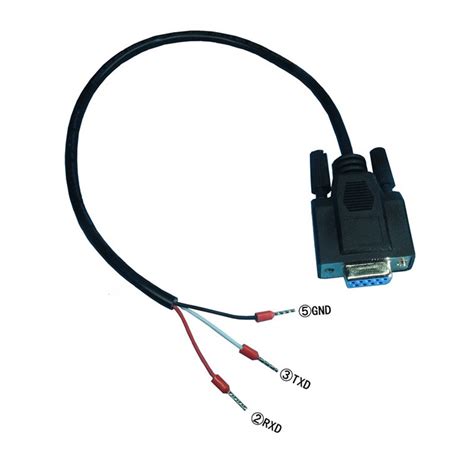
RS232 connectors – A Safe and Reliable Option for Your Network
What are RS232 Connectors? RS232 connectors, also known as serial ports or COM ports, are a type of interface used for serial communication between computers[…]

Everything You Need to Know about Designing a PCB Layout
Introduction to PCB Layout Design Printed Circuit Board (PCB) layout design is a crucial step in the development of electronic devices. A well-designed PCB layout[…]

Kelvin Connection: The Ultimate Beginner’s Guide
Introduction to Kelvin Connection Kelvin connection, also known as four-terminal sensing or four-wire sensing, is a widely used technique in electrical measurements to accurately determine[…]
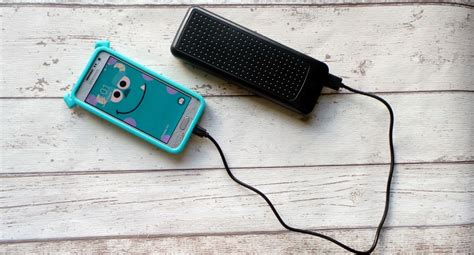
Homemade Power Bank: An Easy DIY Guide
What is a Power Bank? A power bank is a portable device that stores electrical energy and can be used to charge various electronic devices,[…]
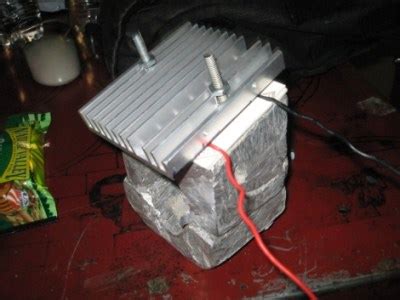
DIY Heatsink: A Guide on Building a Miniature Heatsink
Introduction to Heatsinks and Their Importance A heatsink is a passive heat exchanger that helps to regulate the temperature of electronic components by dissipating heat[…]
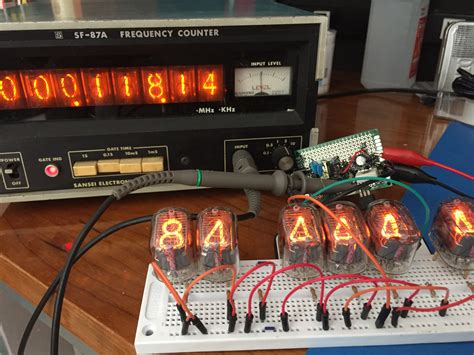
Frequency Counter Circuits: Everything You Need to Know
What is a Frequency Counter? A frequency counter is an electronic instrument that measures the frequency of an input signal. It counts the number of[…]
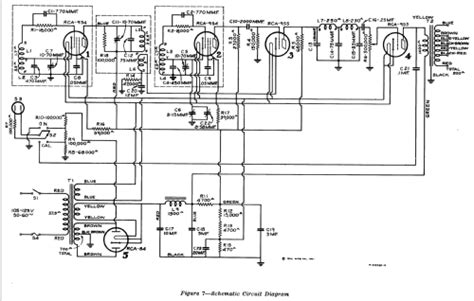
Beat Frequency Oscillator- Principle and Applications
What is a Beat Frequency Oscillator? A Beat Frequency Oscillator (BFO) is an electronic circuit that generates a low-frequency signal by mixing two high-frequency signals[…]
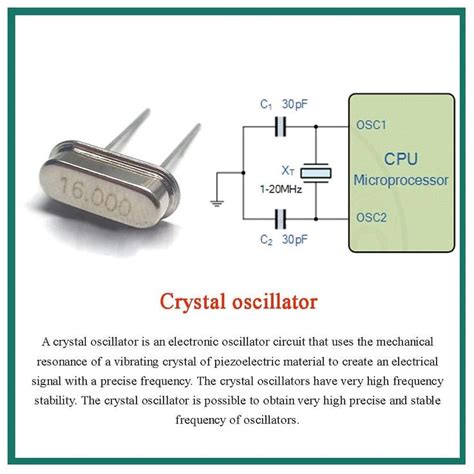
Crystal Oscillator Circuit: How to Build One
Introduction to Crystal Oscillators A crystal oscillator is an electronic circuit that uses the mechanical resonance of a vibrating crystal of piezoelectric material to create[…]